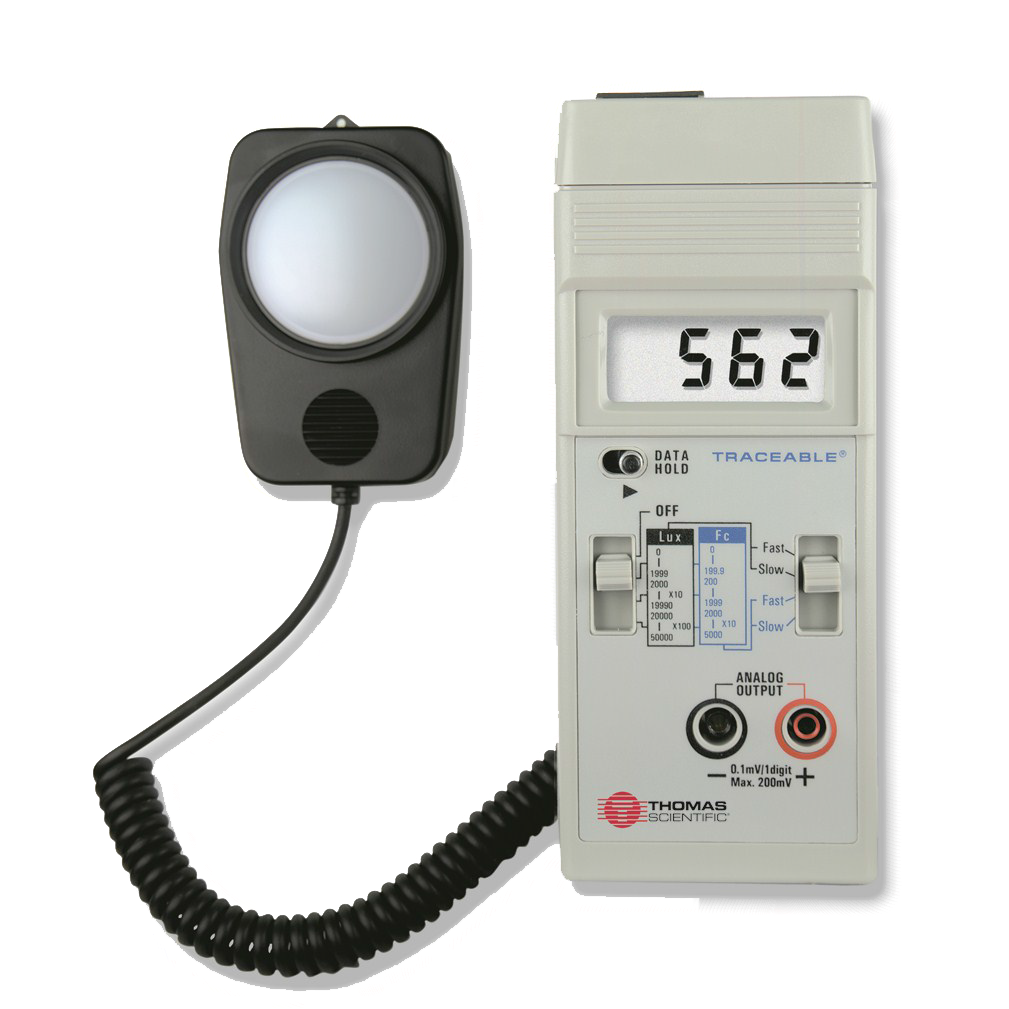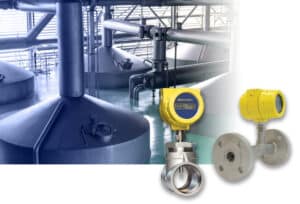Metrology Glossary: Light Meter
What Is A Light Meter?
Light meters are typically small, handheld devices designed for the precise measurement of light levels. These compact instruments are equipped with a light-detecting sensor that efficiently captures ambient light. The sensor’s primary function is to convert the incoming light into an electrical signal, which is then graphically displayed on an integrated screen. Light meters serve a crucial role in various fields such as photography, cinematography, architecture, and environmental science, enabling professionals to determine optimal lighting conditions. They provide measurements in various units, including lux, foot-candles, and watts per square meter, offering valuable insights into the intensity and quality of light in a given environment.
What Are Light Meters Used For?
Architectural Applications:
- Daylight Optimization: Light meters play a crucial role in quantifying natural light ingress through windows and skylights, aiding architects in the design of energy-efficient structures.
- Artificial Illumination Planning: Architects leverage light meters to ascertain optimal placements and intensities for artificial lighting fixtures, ensuring both functionality and aesthetic appeal in designed spaces.
- Regulatory Compliance: Light meters are instrumental in verifying adherence to regulations stipulating minimum light levels in workplaces and public buildings, particularly in regions with specific lighting standards.
Life Sciences Applications:
- Plant Life Research: Light meters are used to study plant growth by measuring the available light in various environments. This data is vital for comprehending the nuances of plant development.
- Pollution Assessment: Certain light meters are capable of gauging air pollution levels, as the presence of particulate matter can influence the quantity of light penetrating the atmosphere.
- Conservation: Light meters contribute to conservation efforts by aiding researchers in understanding the repercussions of artificial light on wildlife and ecosystems, offering insights for informed conservation strategies.







